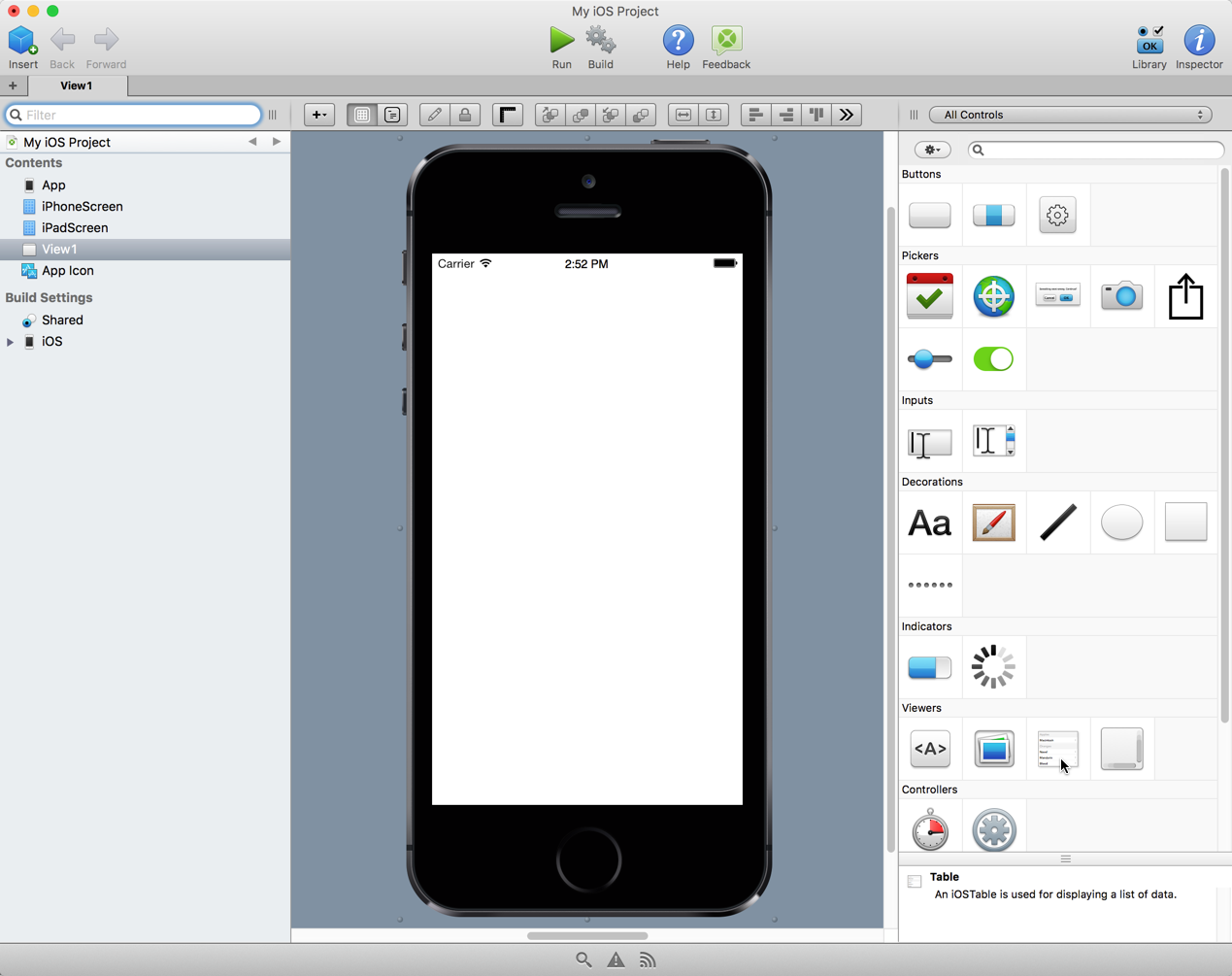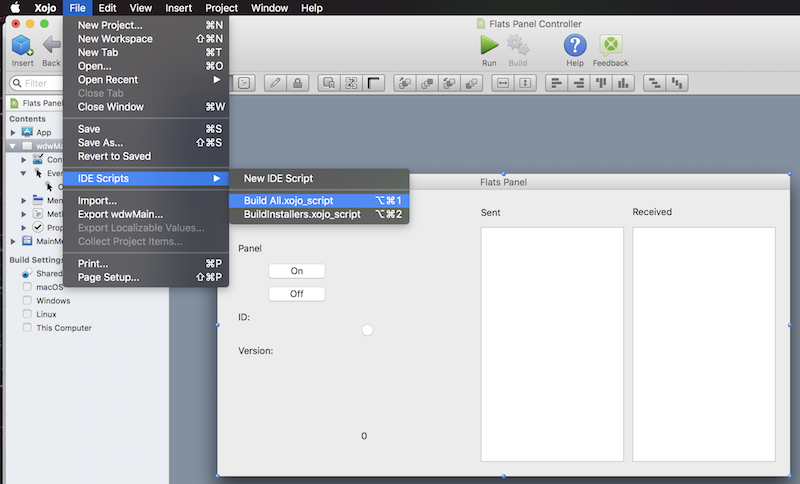

The simple game loop can be downloaded here: TimerFPS.xojo_binary_project That is a large difference that can be seen by the human eye and isn’t acceptable for gameplay. The closer the FPS is to 60 FPS, then the smoother graphics appears on the screen. The timer performs background updates and has a variation in firing times from 4,015 to 18,141 on the test computer, which means that the time varies from 249 FPS (1,000,000/4,015 = 249) to 55 FPS (1,000,000/18,141 = 55.1). When running this example, the optimal time to fire *should be* near 16,666 microseconds per loop. Although it is good to see if the game physics work, such as proper collisions, colours, and other aspects, it is a really poor method to use with a game because of the wide variation in time that the loop fires. The simplest game loop is with a timer in Xojo. Note: When using a time loop, ensure that the While-Wend loop ends before closing the program.
XOJO FOR LOOP WINDOWS
Testing was performed in an ASUS computer with 24 GB ram, 2.40 GHz, 64-bit, Windows 10, and all data was from running in the Xojo 2019 r1.1 IDE. By using the System.DebugLog command, each program has been run on the same computer to show the time difference between algorithms.īecause the main focus of this article is the game loop, no real time is spent on the graphics portion other than a bouncing ball moving on the screen. Interpolation with Maximum FPS is the closest to Perfect and is slightly lower than the Perfect value of 60 FPS.Ī simple bouncing ball example has been created to show that the graphics work and you can/might be able to see the ball movement stuttering or not move smoothly across the screen due to variations in time. The maximum FPS has a much tighter group tolerance and does have some low FPS. Timer and Simple are quite poor for gaming since the minimum and maximum value ranges are quite large. The above graph shows the minimum, maximum, and average frames-per-second for the various timers, and a perfect timer would have 60 frames-per-second for a max, min, and average value. For the below examples, the chosen frame rate is 60 frames-per-second (FPS), which means that the loop should draw equally, and every time, at 16,666 microseconds (1,000,000 microseconds/60 FPS). The loops will be measured in microseconds, which means that 1,000,000 microseconds is equal to 1 second. This article will involve a little of the math(s) topic, so let’s dig in shall we!įour types of loops to run games are: 1) Timer, 2) Simple Game Loop, 3) Minimum Time Loop (Maximum FPS), and 4) Minimum Time and Interpolation (Best at the moment). I will talk about four different types of game loops, and will provide the pros and cons of these game loops and will then provide the best one (in my humble opinion) to use. There are not many articles on Game Loops with the Desktop with Xojo. I tried that but a tight calculation loop prevents the refresh to take place.The loop to run games is the main and most-important loop, as the game will not run without it. This does not slow down the execution noticeably but does allow the progress to be displayed. ReadTraceData // reads th(n).NofSamples sample values for next trace appends to trace array


ReadTraceHeader // reads the 240 bytes for next trace header and appends to th array LblNowShowing.text = "Processing trace " + Format(num, "#")
XOJO FOR LOOP MOD
If num mod 100 = 0 then // keep the progress line above the listbox active now read in the trace headers and their corresponding traces
XOJO FOR LOOP CODE
The code looks like the following, minus declares but it should give the idea. On the window I have a label field that shows the process however, it is only updated every 100th execution of the loop. In one of my apps a lot of file reading and processing has to take place upon selecting the data file to process.


 0 kommentar(er)
0 kommentar(er)
